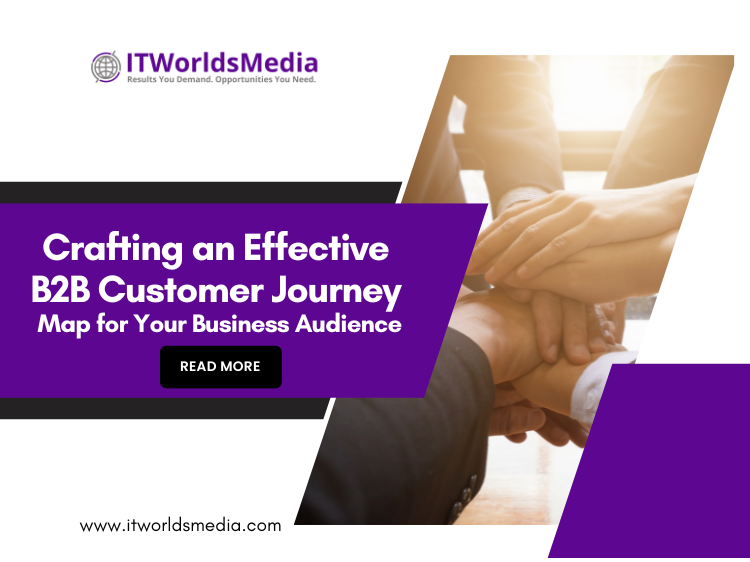 2023-12-21
2023-12-21
Crafting an Effective B2B Customer Journey Map for Your Business Audience
In the intricate realm of B2B interactions, the journey your clients embark upon with your business can be the key differentiator between success and stagnation. A well-defined B2B customer journey map serves as a strategic compass, guiding your organization to deliver exceptional experiences tailored to the unique needs of business clients. This blog post aims to provide a comprehensive guide on developing an effective B2B customer journey map that resonates with your B2B audience.
Understand Your B2B Audience
The foundation of any successful B2B customer journey map lies in a deep understanding of your target audience. Develop detailed buyer personas that encapsulate the roles, challenges, and aspirations of the decision-makers within your client organizations. Tailoring your customer journey map to align with the specific needs of your B2B audience is pivotal to its effectiveness.
Identify Key Decision-Making Stages
B2B purchasing processes are often more complex than in the B2C space. Identify and outline the key decision-making stages that your business clients go through. This may include stages such as needs assessment, vendor evaluation, procurement, implementation, and post-purchase support. Clearly defining these stages will help you structure your customer journey map accordingly.
Map Out Touchpoints Across the Funnel
B2B interactions span a myriad of touchpoints, both online and offline. Map out the touchpoints your B2B audience encounters throughout the entire customer journey, from initial awareness to post-purchase engagement. This includes interactions with your website, sales representatives, customer support, and any other channels that play a role in their decision-making process.
Conclusion
Developing an effective B2B customer journey map for your business audience is a strategic endeavor that requires a deep understanding of your clients' journey and a commitment to continuous improvement. By following these steps, your organization can create a powerful tool that not only meets the unique needs of your B2B audience but also positions your business as a trusted partner in their success.
